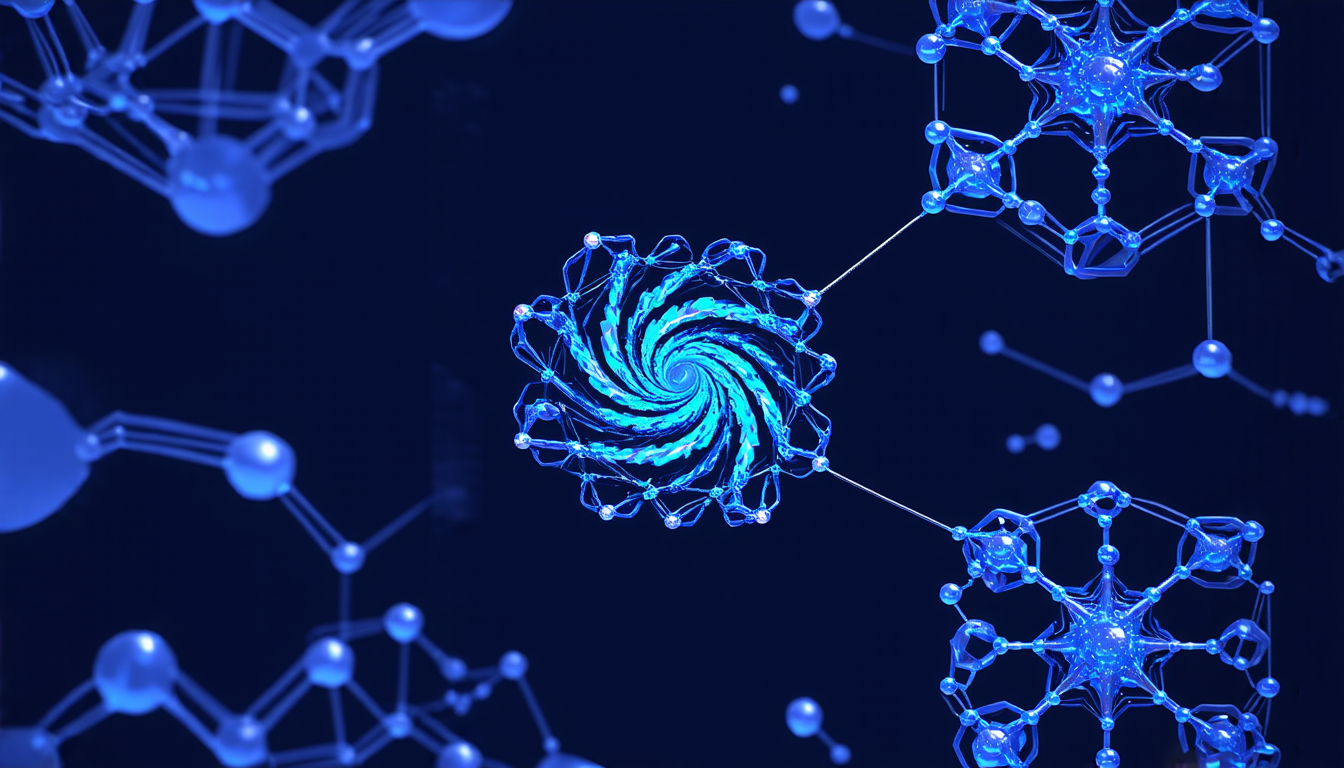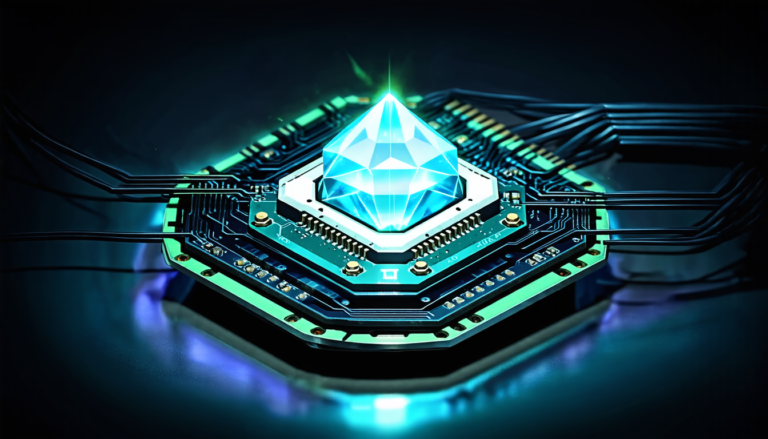Tuesday 24 June 2025
The quest for a new type of magnetic material has led researchers to a surprising discovery: linked skyrmions, which are essentially tiny, swirling patterns of magnetization that can be connected by topological defects. These defects, known as linked skyrmions, have the potential to revolutionize data storage and processing.
To understand how this came about, let’s take a step back. Magnetic materials are crucial for our daily lives – think hard drives, magnetic strips on credit cards, and even medical imaging techniques. But traditional magnetic materials have limitations: they’re often slow, energy-hungry, or prone to errors.
That’s where skyrmions come in. These tiny patterns of magnetization were first discovered in the 2000s and are characterized by a unique topological property – they can’t be created or destroyed individually. Instead, they’re born from defects in the material’s crystal structure, which allows them to move around with minimal energy loss.
The challenge has been finding ways to control and manipulate these skyrmions for practical applications. That’s where the researchers come in. By studying a bilayer system consisting of two layers of magnetic material separated by a non-magnetic layer, they discovered that the topological defects connecting these skyrmions could be harnessed.
The key breakthrough came when the team realized that the defects weren’t just random – they were actually linked to each other through the material’s crystal structure. This meant that by manipulating the defects, they could control the movement of the skyrmions themselves.
The implications are enormous. Linked skyrmions have the potential to enable faster, more efficient data storage and processing. Imagine being able to store vast amounts of data in a tiny device that can be powered by a single battery – it’s not just science fiction anymore.
But what about the technology itself? The researchers used first-principles calculations to model the behavior of the skyrmions and defects, which allowed them to predict their behavior with remarkable accuracy. They also experimented with a layered structure of fcc InAs, which provided an ideal platform for studying these phenomena.
The next step is to experimentally verify these findings and develop practical applications. This could involve creating devices that can manipulate linked skyrmions for data storage or processing purposes.
In the end, this discovery has opened up new avenues for research into magnetic materials and their potential applications.
Cite this article: “Linked Skyrmions: A Game-Changer in Magnetic Materials”, The Science Archive, 2025.
Magnetic Materials, Skyrmions, Data Storage, Processing, Linked Skyrmions, Topological Defects, Crystal Structure, Magnetic Properties, Research, Innovation







